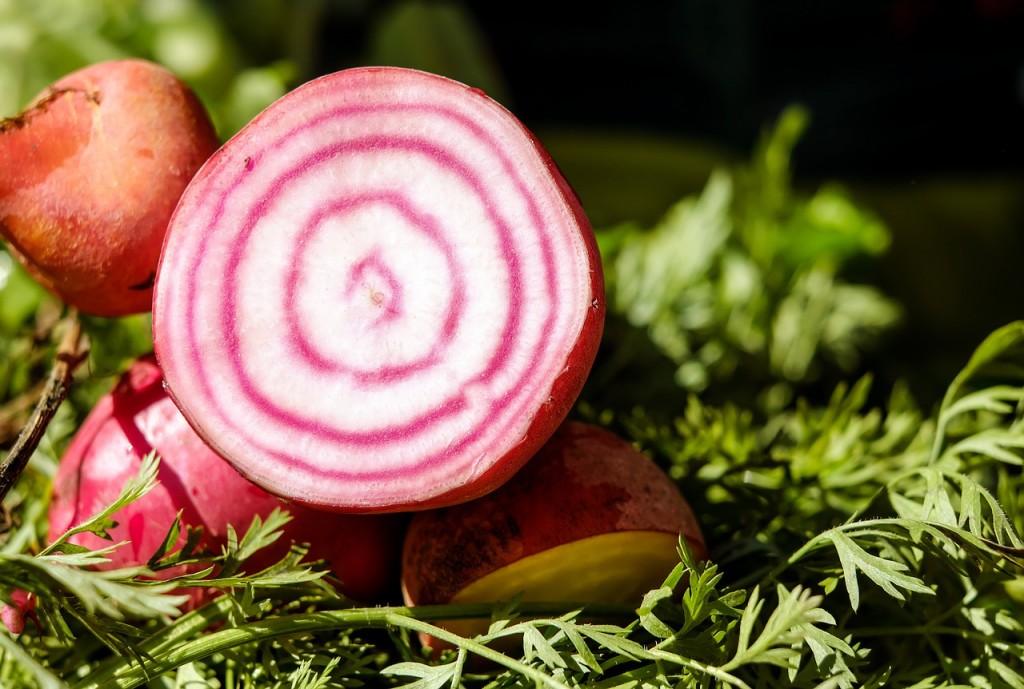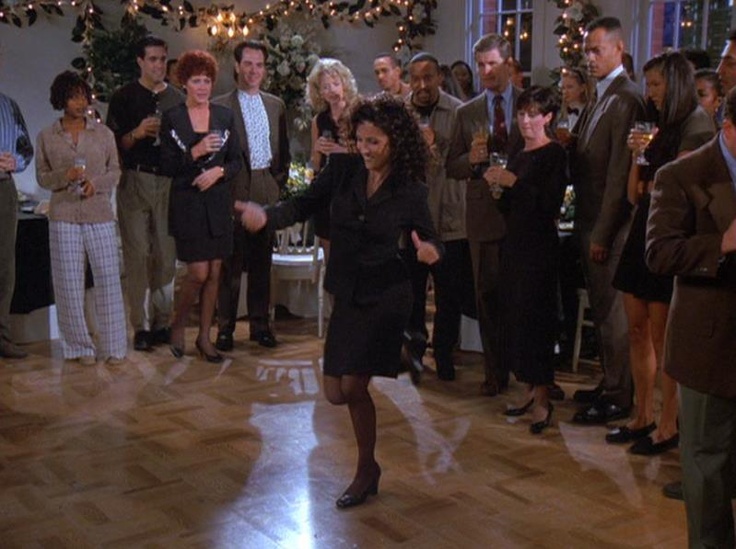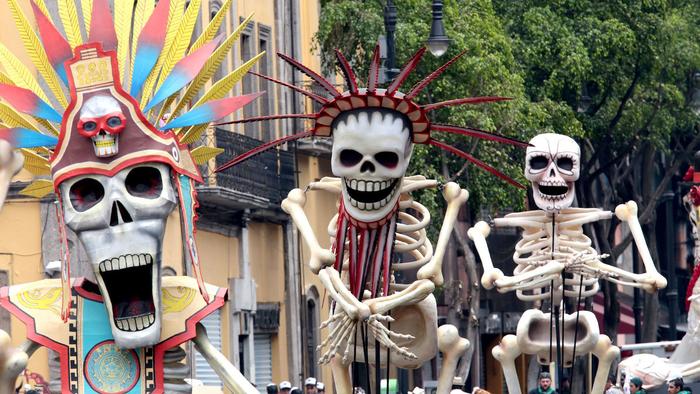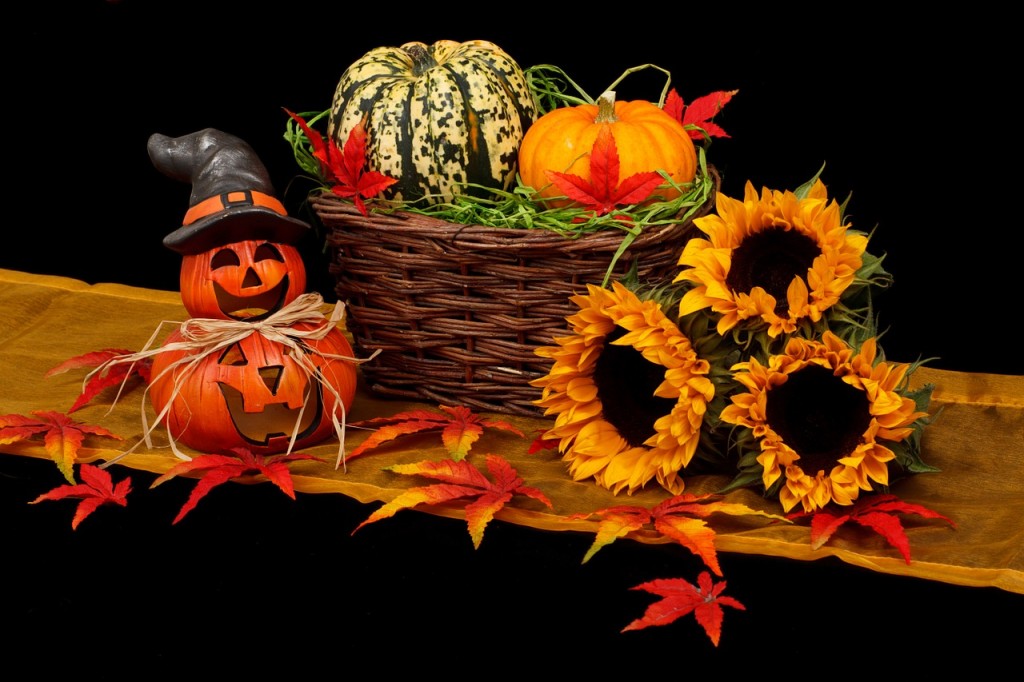7 Things You Didn’t Know About Halloween

Esther is a freelance writer, editor, publicist, content maker and…
With a history dating back thousands of years, and with roots in different parts of the globe, the holiday of Halloween is becoming increasingly popular in Australia. We take a look at some of the lesser-known facts about this holiday in the lead up to the candy-fuelled celebration.
[listicle]It’s over 2000-years-old

The exact origins of Halloween are murkier than a witch’s brew, but it dates back thousands of years. It’s believed that the late October celebration of Halloween has its roots in the Celtic festival of Samhain, which is over 2000-years-old. November 1 is when Celts celebrated their new year to mark the end of Harvest and the start of the “darker half” of the year. Even before the Celts cemented the date, Halloween had roots in pagan, Christian and possibly even Egyptian rituals.
Why the costumes?

During Samhain, revellers dressed in drag or wore cattle hides to scare off the roaming dead, and this is thought to have kick-started modern-day costume traditions. Since then, the traditions have changed a lot but certain customs – like associations with the supernatural and dressing up – have made it through.
Photo: Media Ireland
Turnips, beets and potatoes, oh my

While one of the most iconic symbols of Halloween might be the pumpkin, original jack-o-lanterns weren’t actually made from the orange vegetable as it isn’t native to Ireland. Rather turnips, beetroots and potatoes were carved and embers inserted into the hollows to ward off evil spirits. The Irish brought these traditions to the United States, where pumpkins took over as they’re seasonal to America during October.
Trick or boogie

Originally, instead of going door-to-door asking for candy, young men and women would perform choreographed dances throughout their towns in exchange for money or food, meaning you used to have to dance for your “treat”. Door-to-door dancing was put to an end in the 1930s, but the custom of door-knocking for treats is still around today.
October the what?

Not unlike the festivities surrounding Oktoberbest, Halloween was actually meant to take place on a different date, November 1, which is still the Pagan new year. The celebration moved to the night, and eventually the day, before. The Mexican tradition of Day Of The Dead – a celebration of family members and loved ones who have passed – also takes place in November, and while it’s commonly associated with Halloween, the two aren’t related as Day Of The Dead is an indigenous custom.
That’s a whole lot of coin

Americans buy over $3 billion AUD of Halloween candy every year. They also spend $4 billion AUD on costumes, making Halloween the second most profitable holiday in the US after Christmas. Australians are growing increasingly fond of the October festivities as well with a 15% growth in holiday related sales from 2013-2014.
The biggest haunted house

No matter how scary your local haunted house is, it probably can’t top the Haunted Cave in Lewisburg, Ohio. Measuring a kilometre long, the Guinness World Records has named it the world’s longest haunted house. Even spookier: it’s located 80 feet below ground in an abandoned mine. [/listicle]
[qantas_widget code=LAX]Check out Qantas flights to the USA, where Halloween is done best.[/qantas_widget]
Esther is a freelance writer, editor, publicist, content maker and dog patter. She has written for Interview Magazine, New York Press, The Village Voice, Rolling Stone, and local titles Broadsheet, Beat and Tone Deaf. Please tag her in photos of dogs @esthersaurus.









